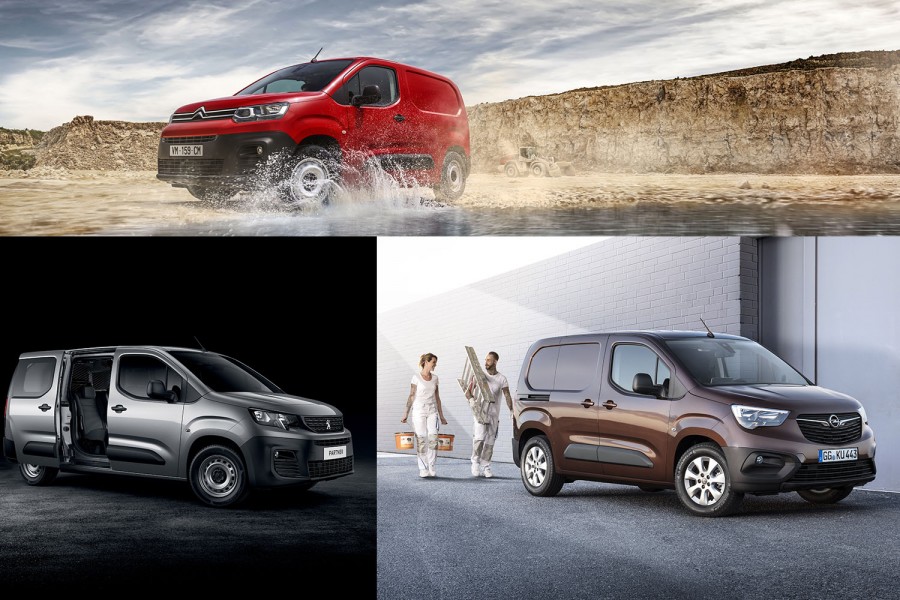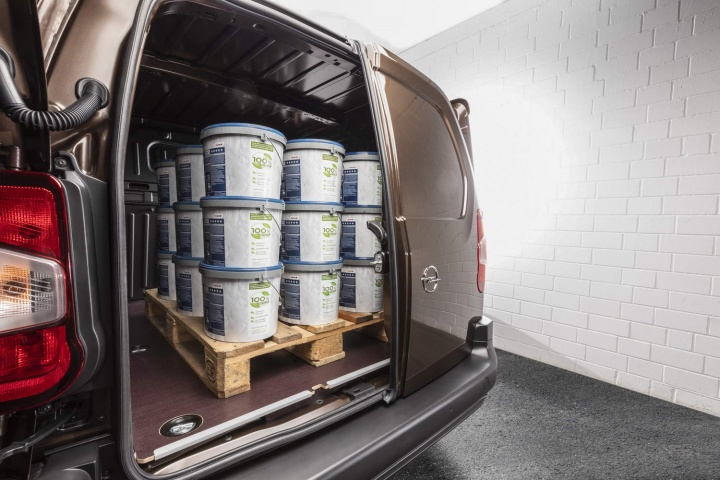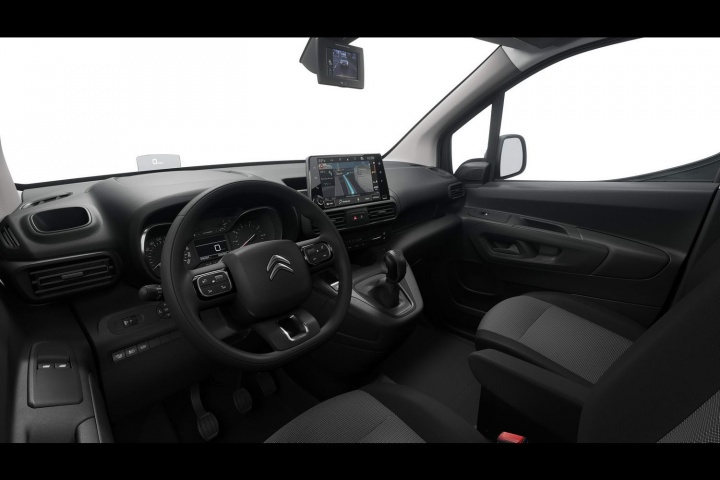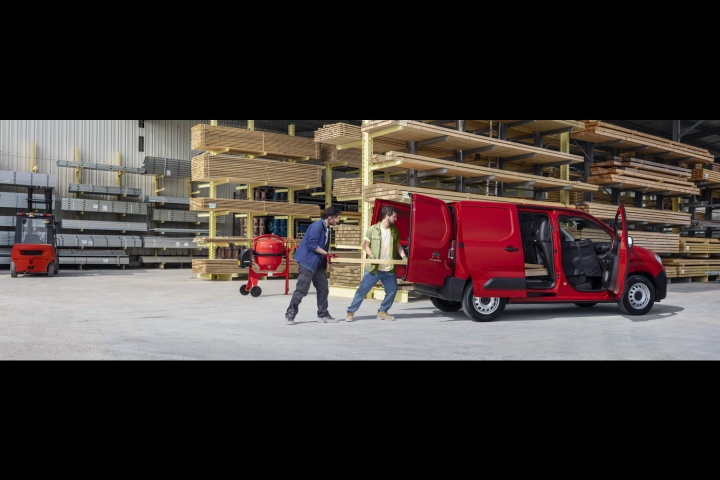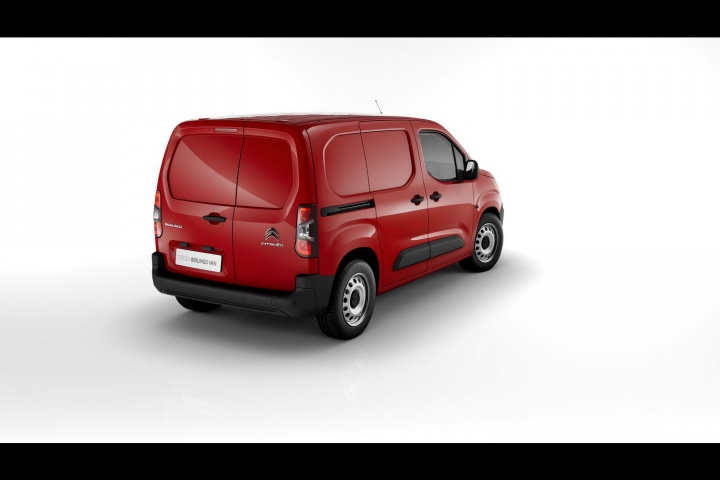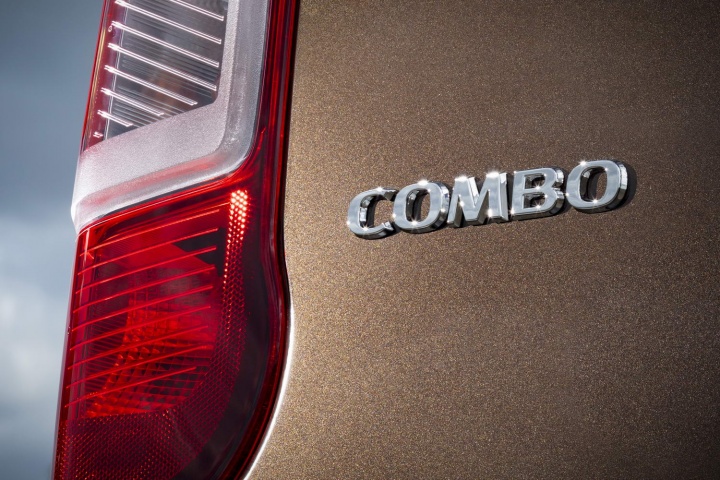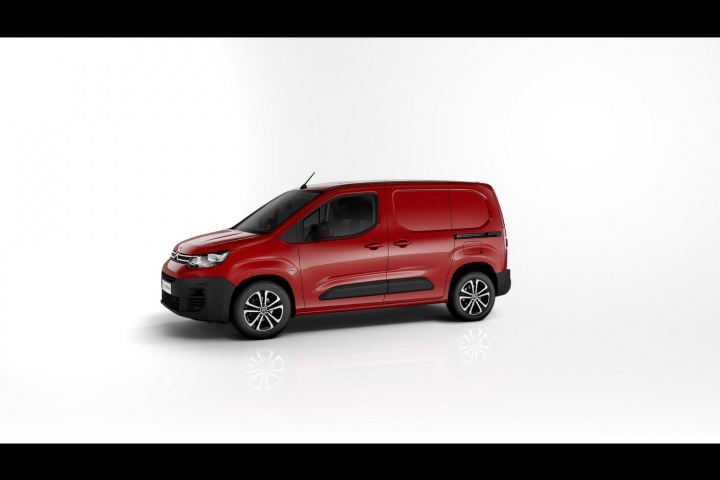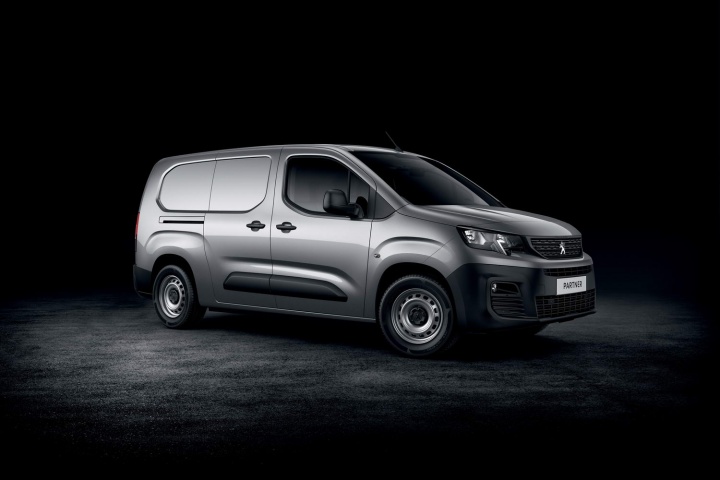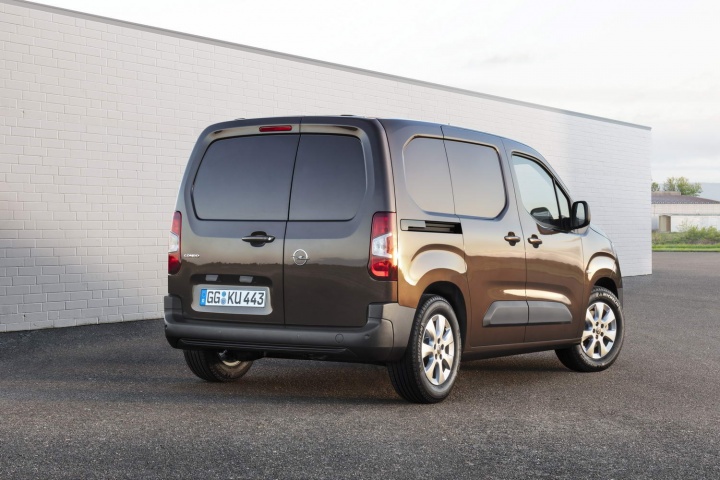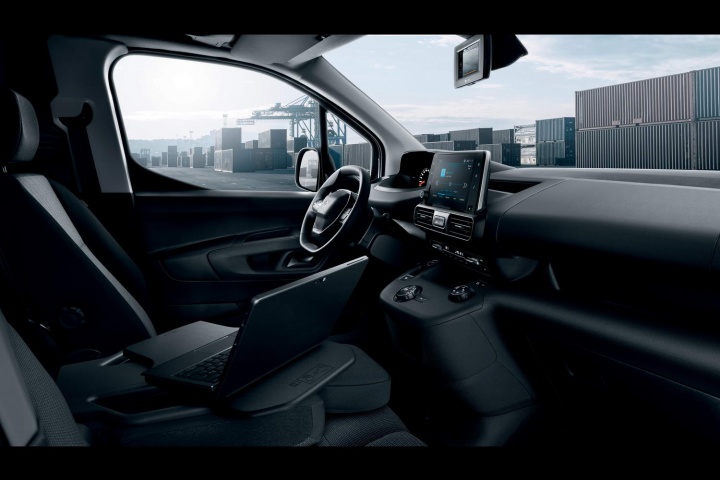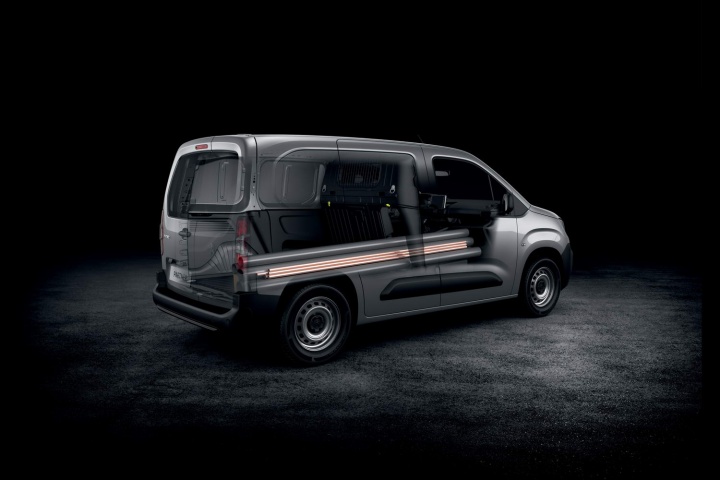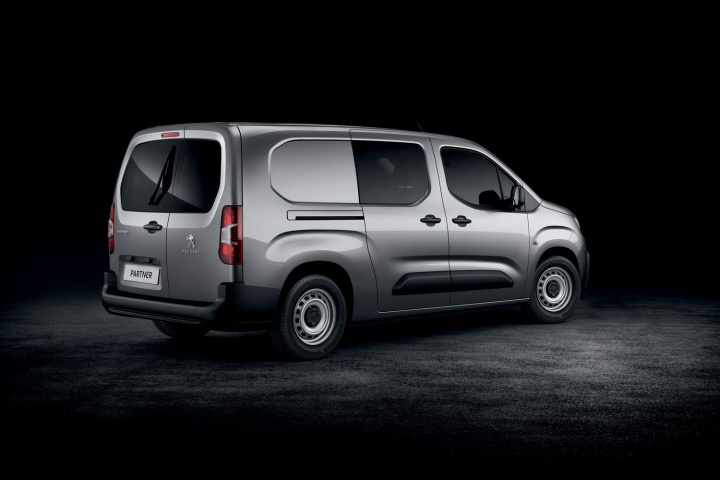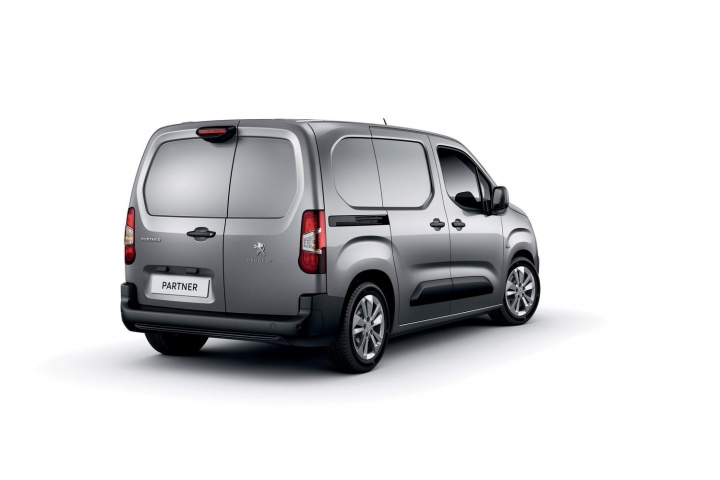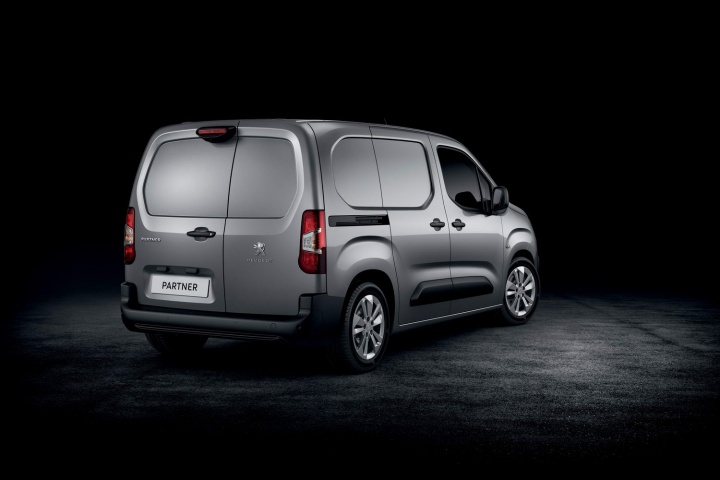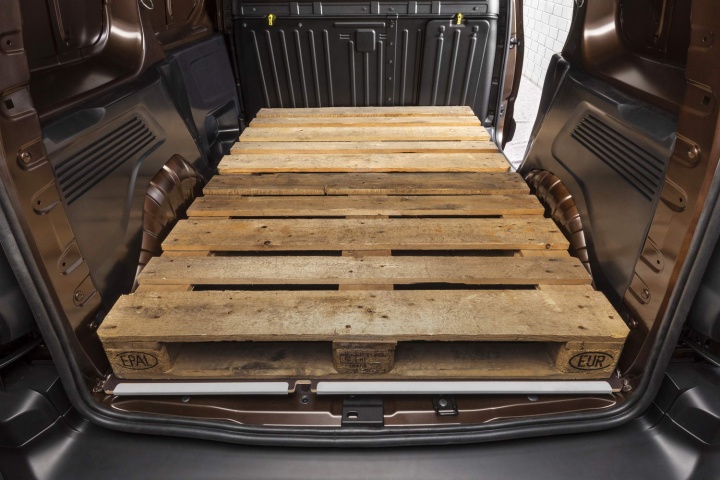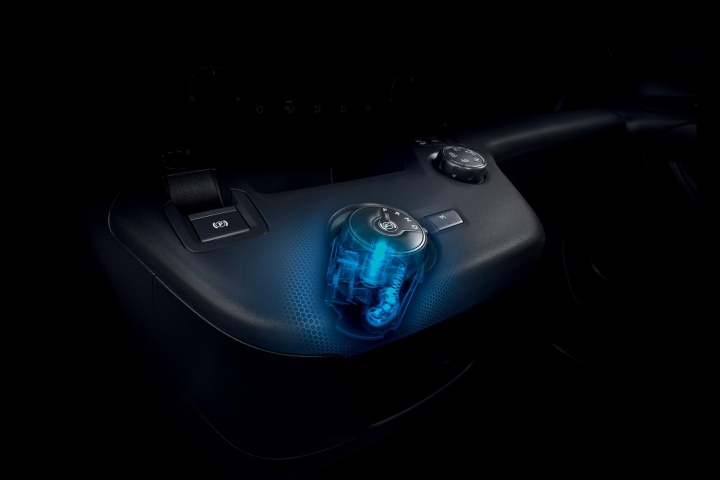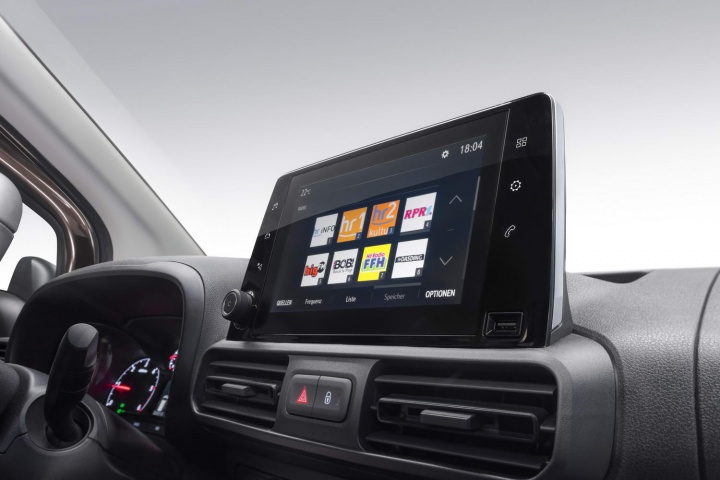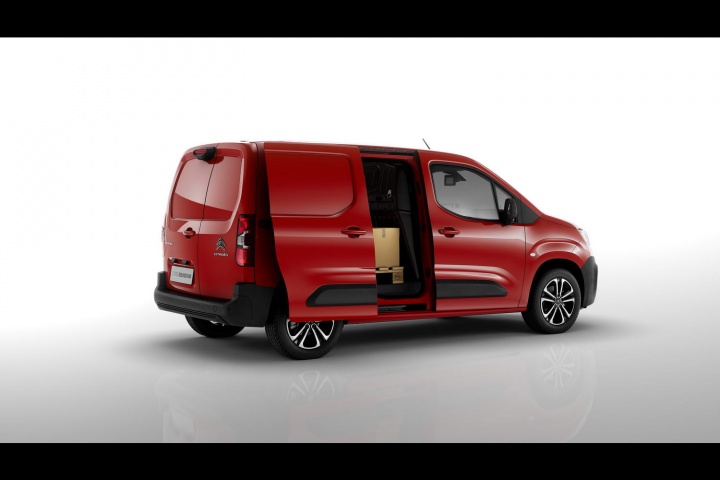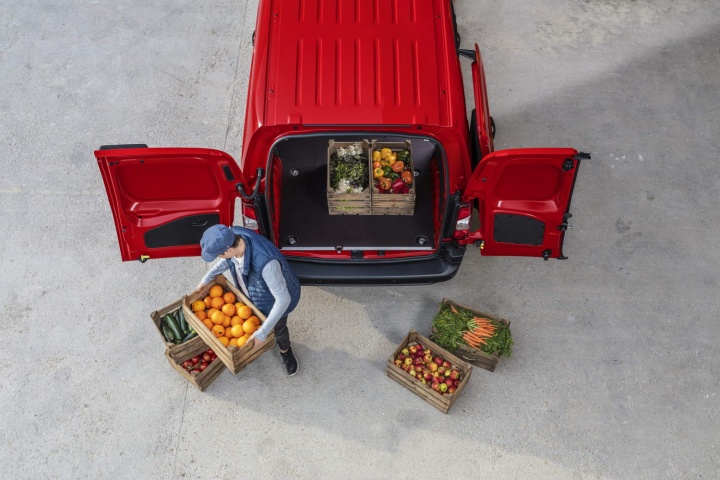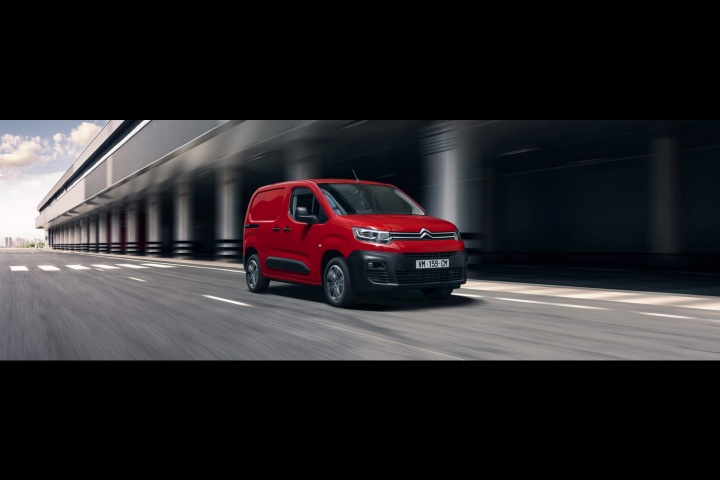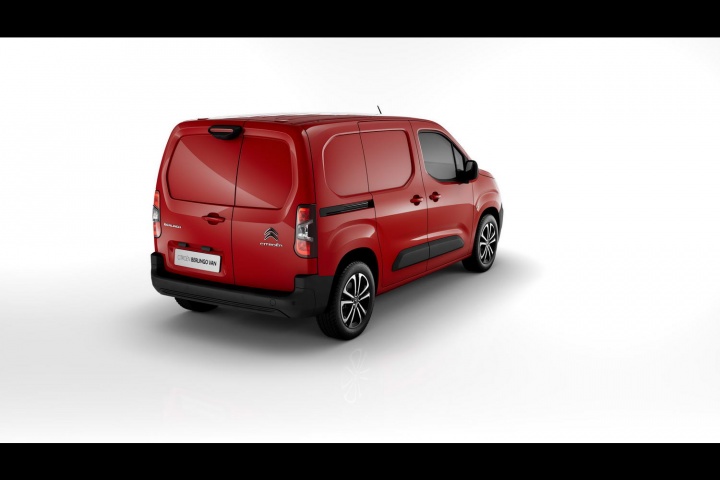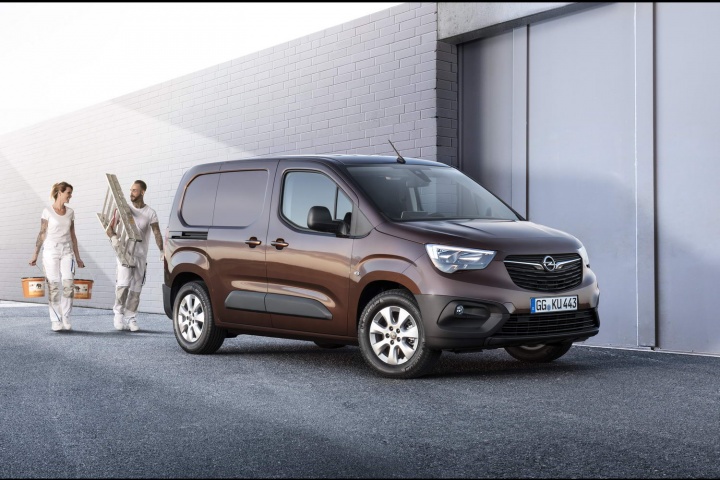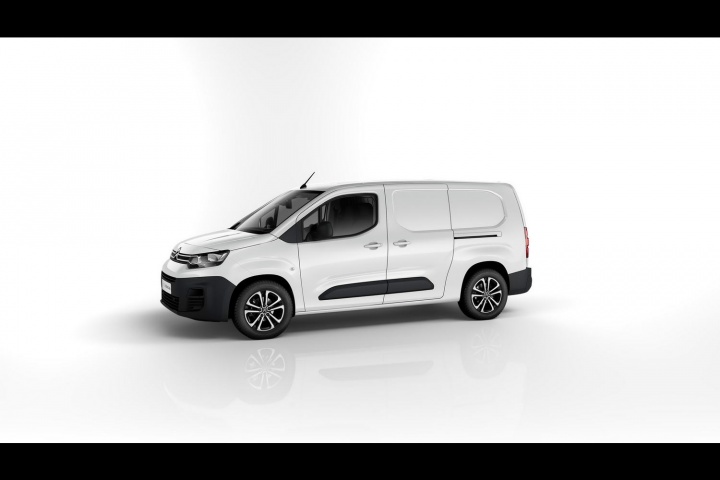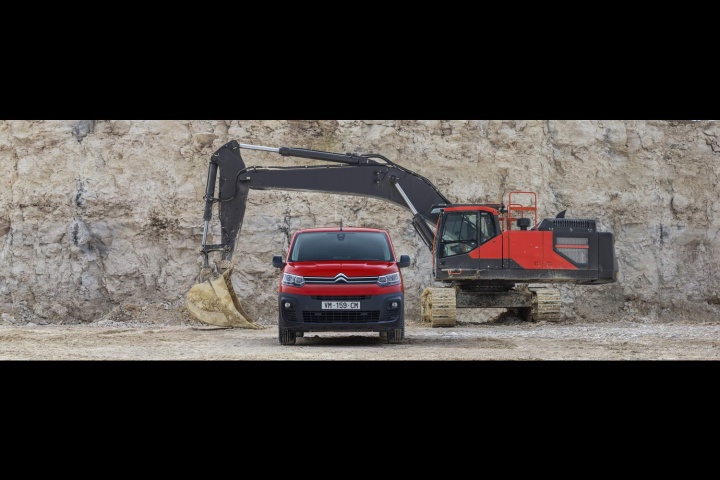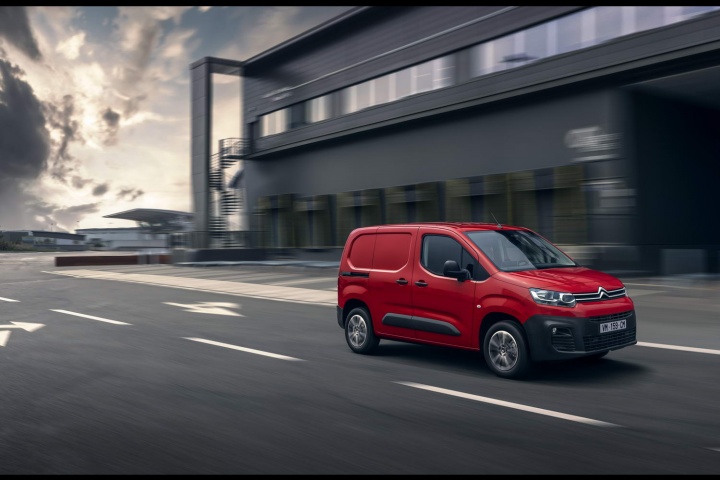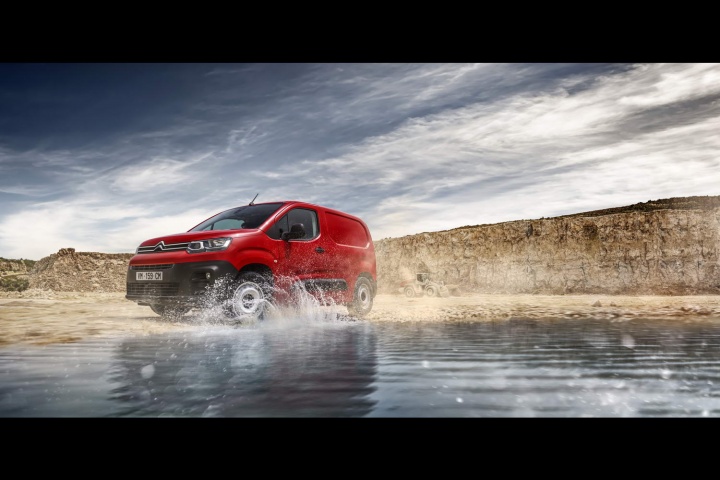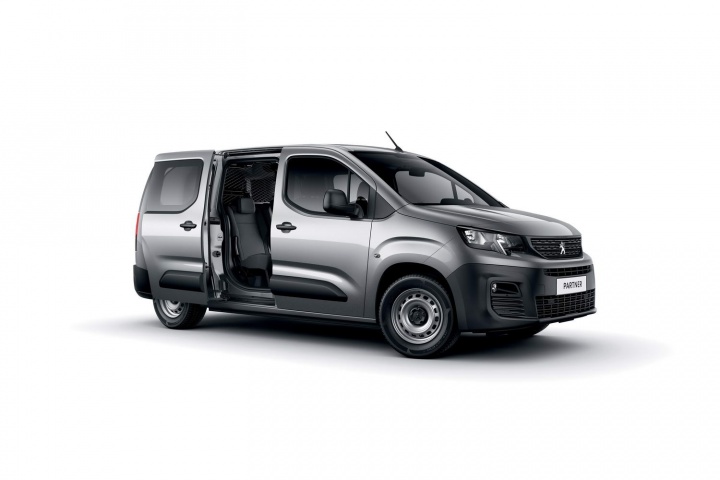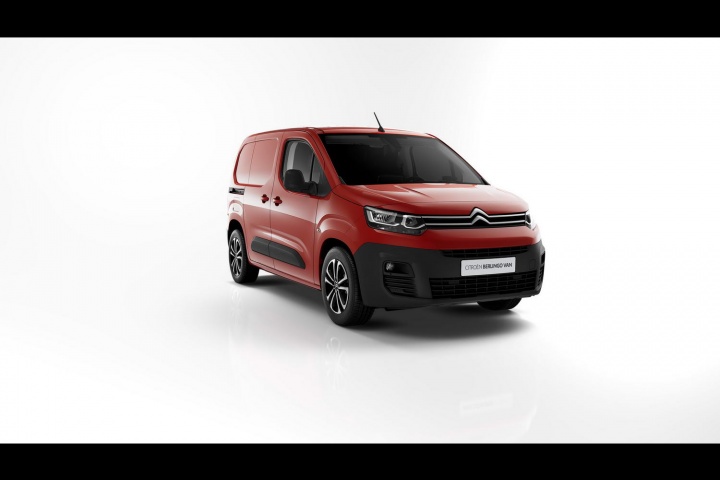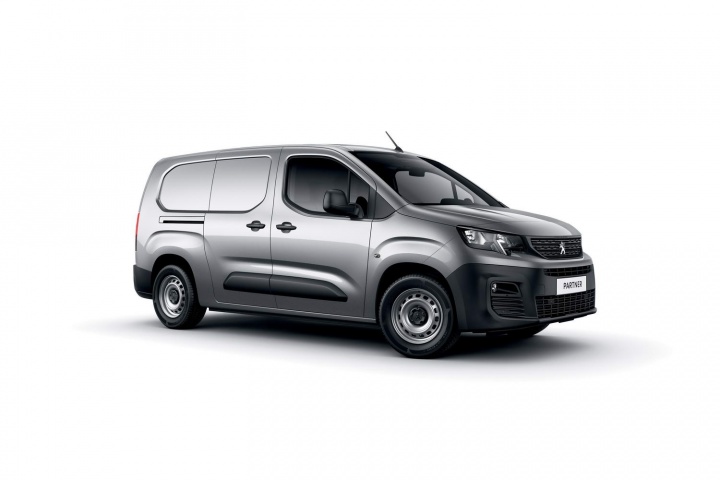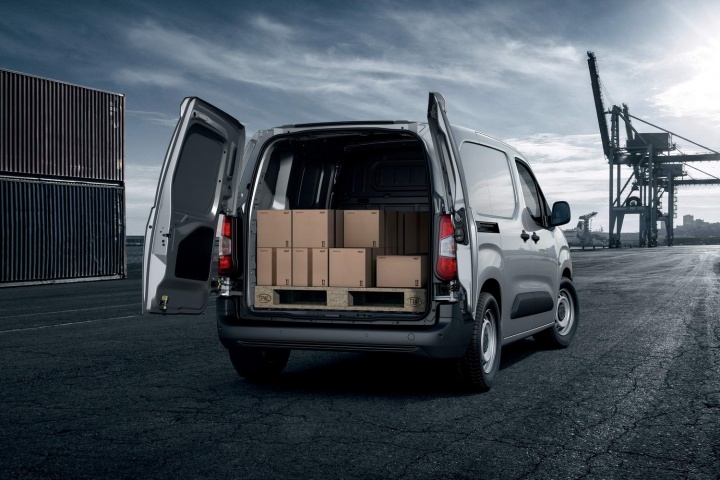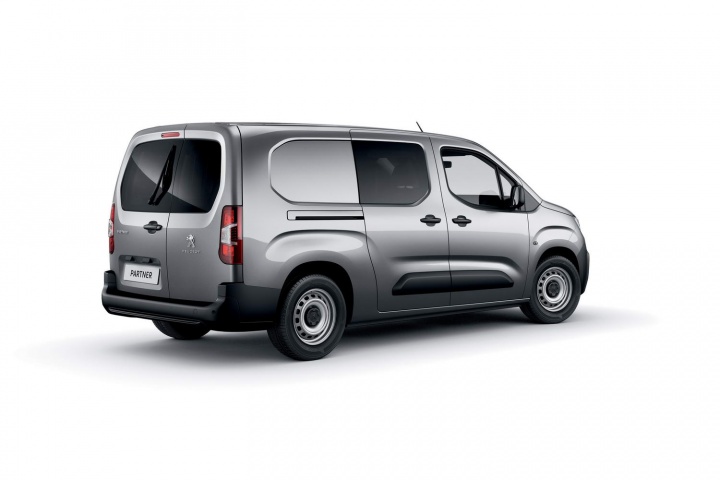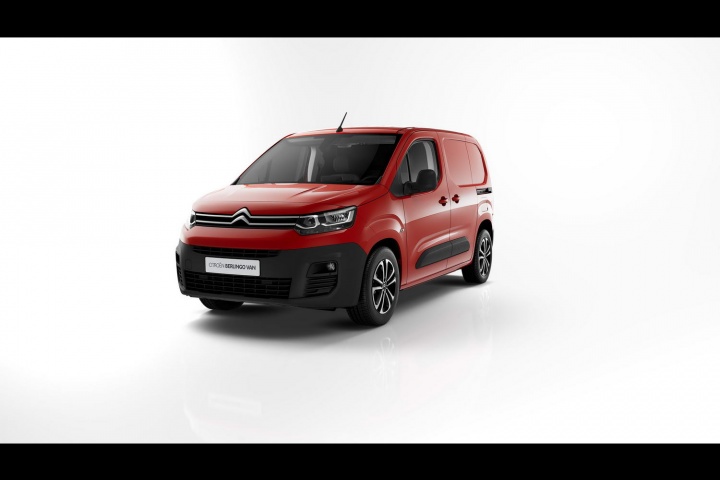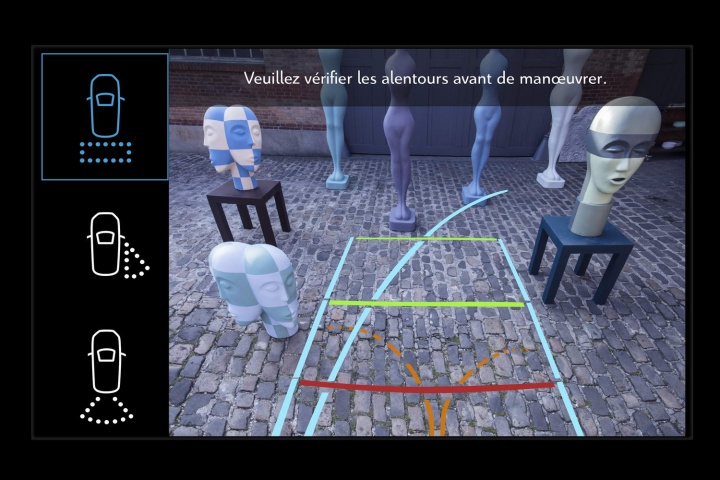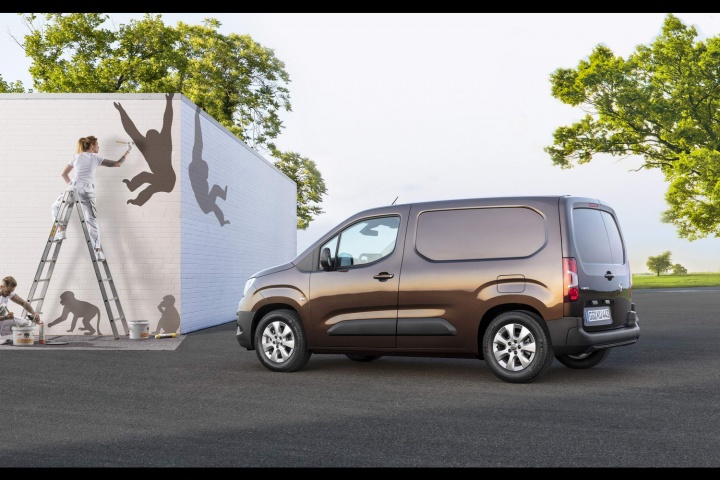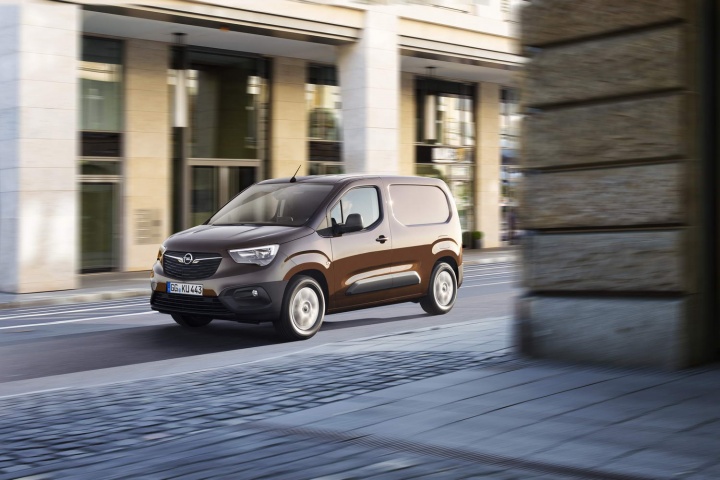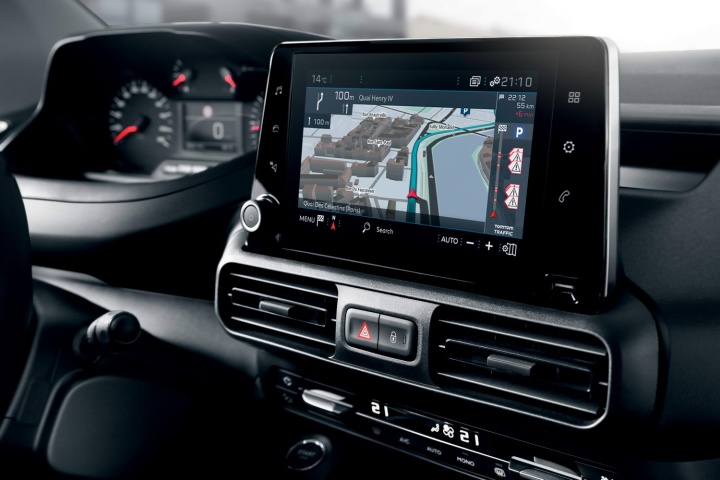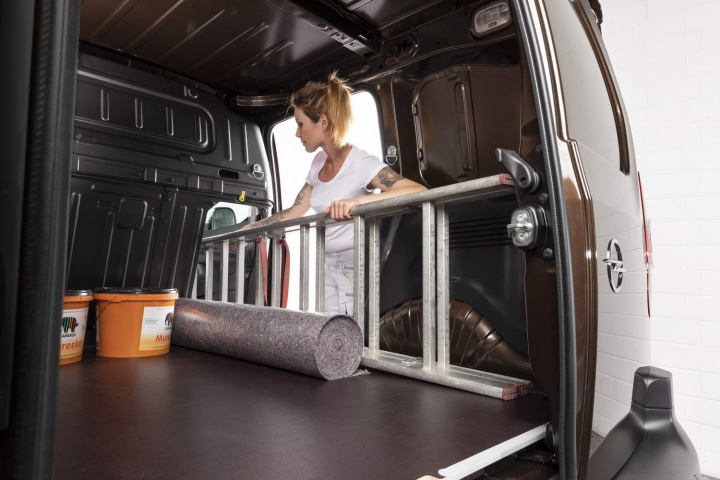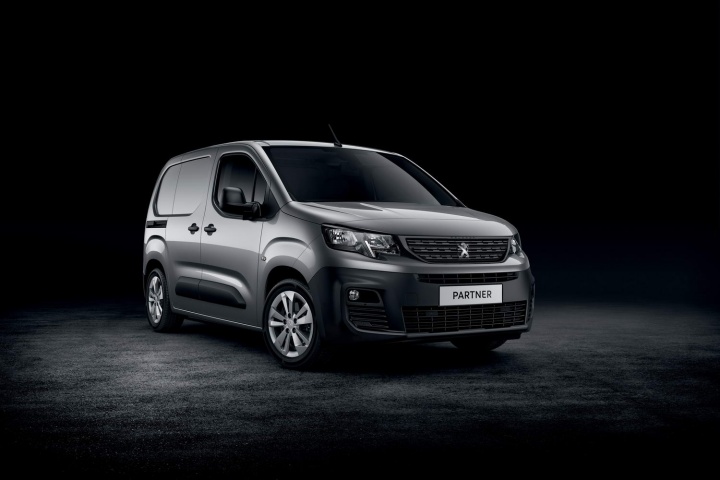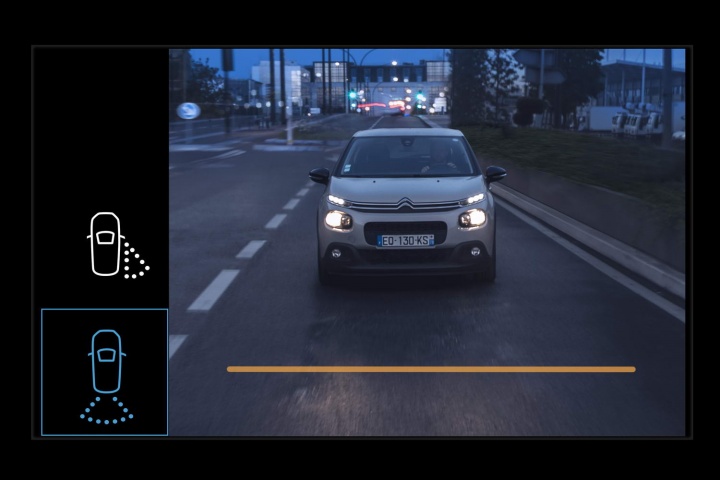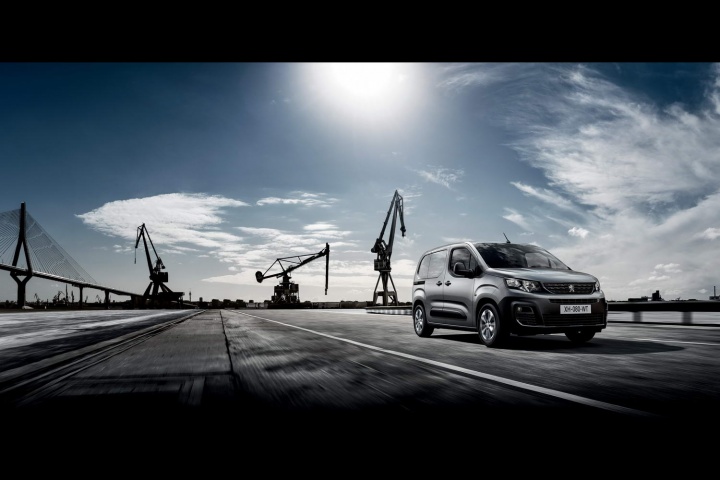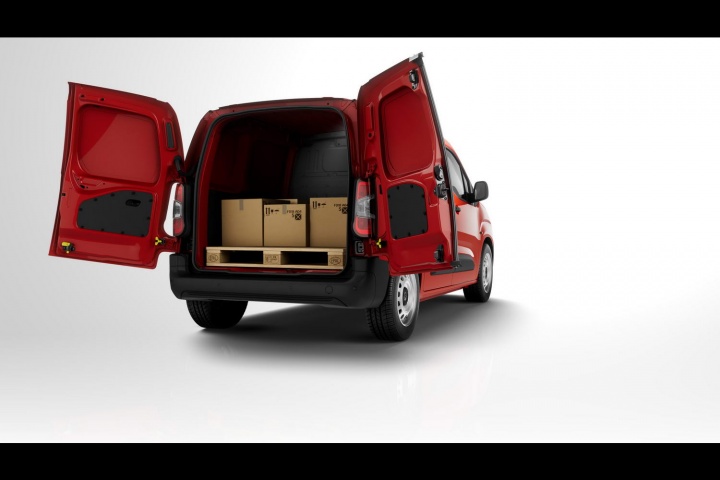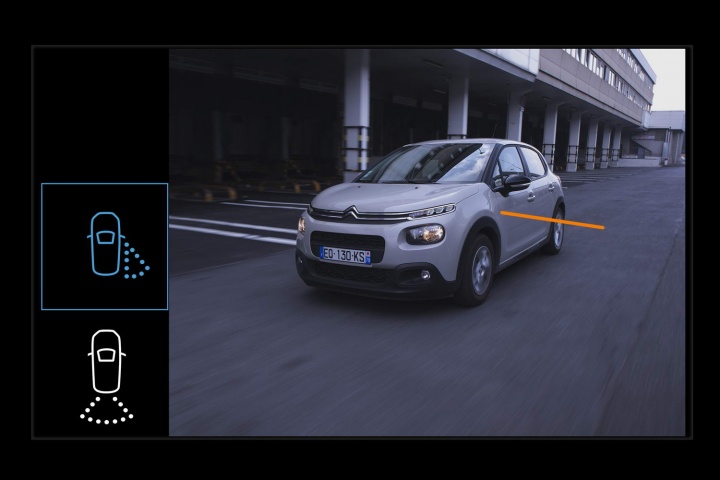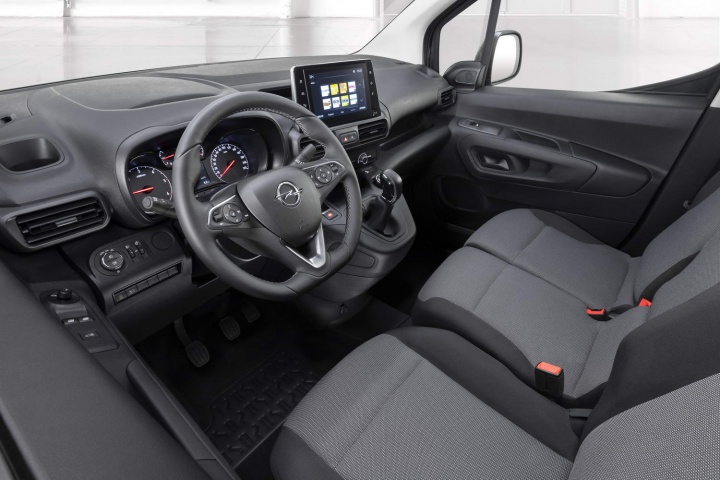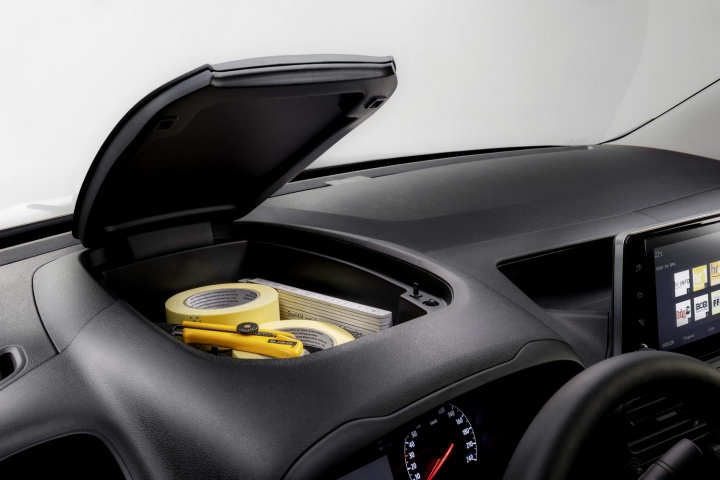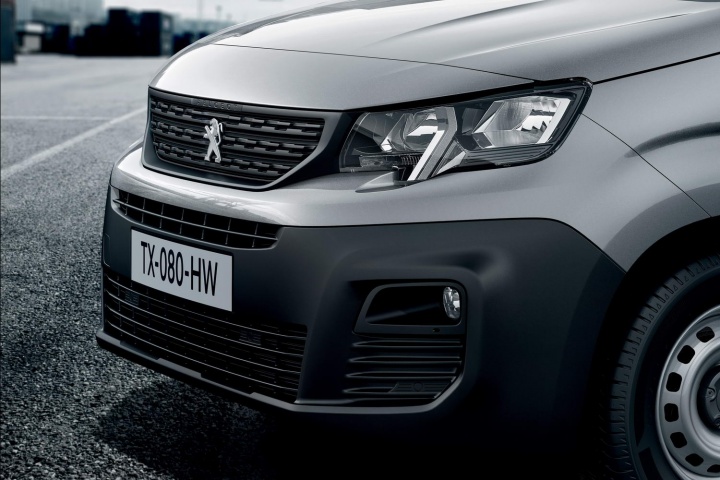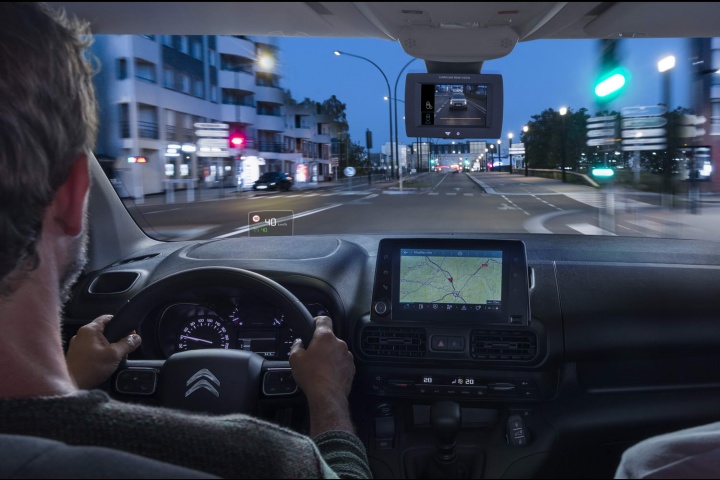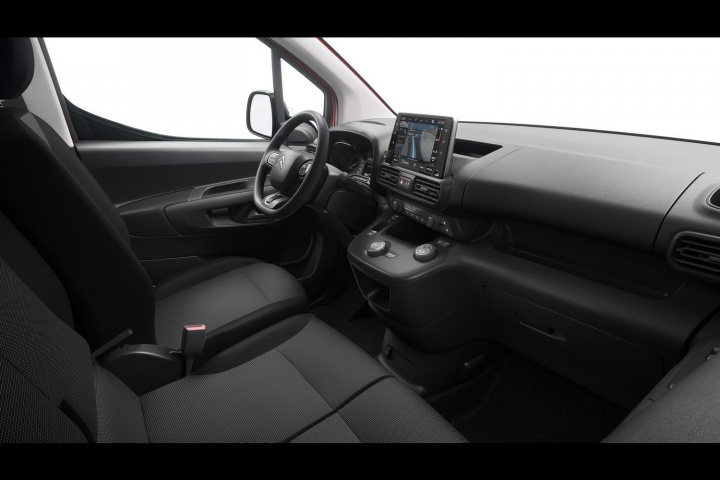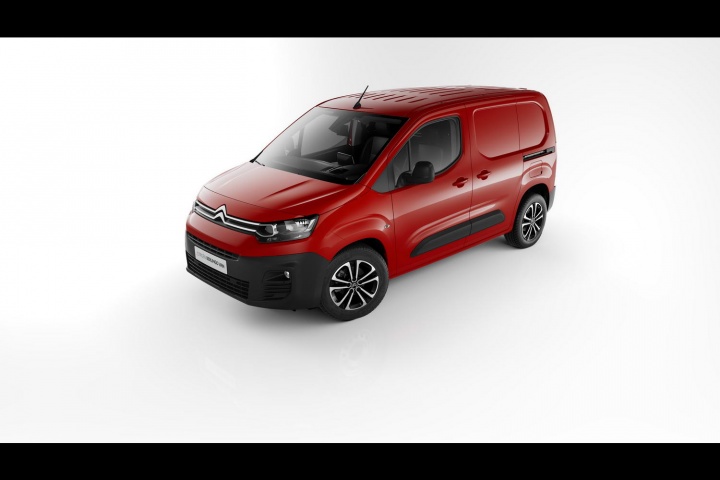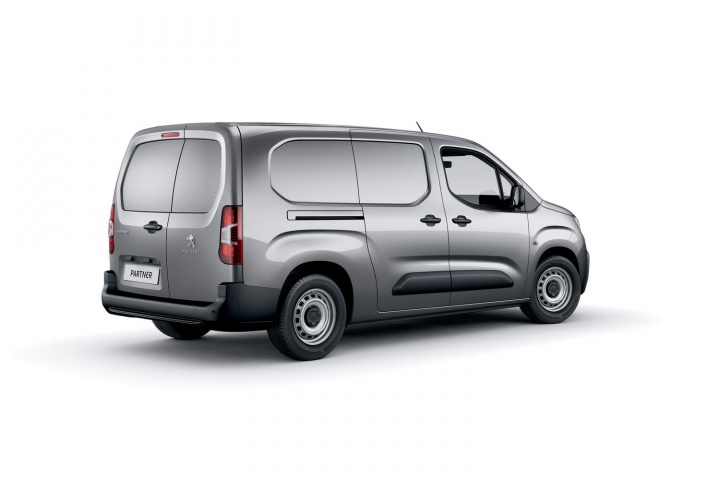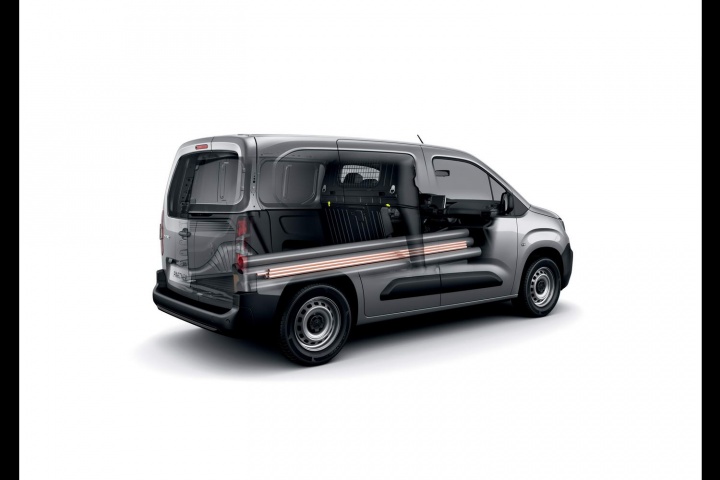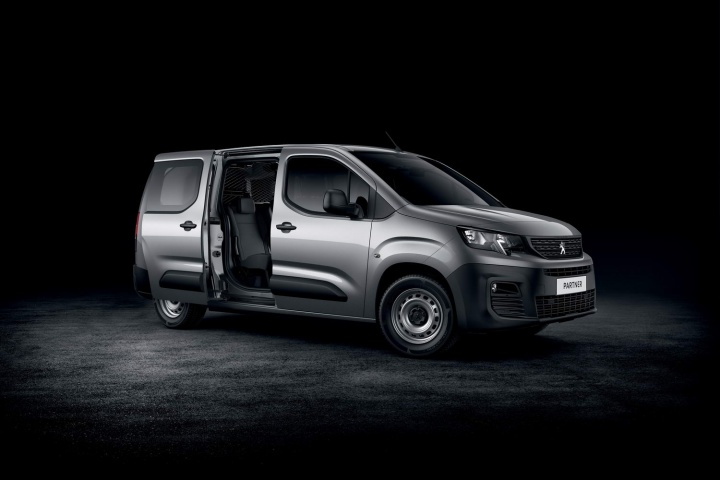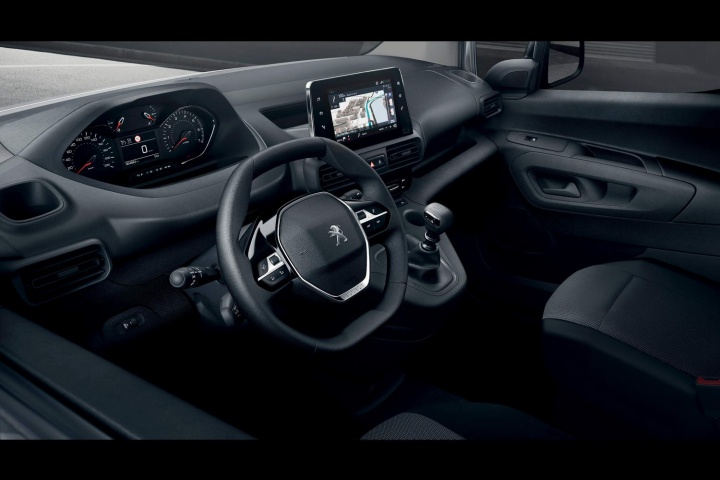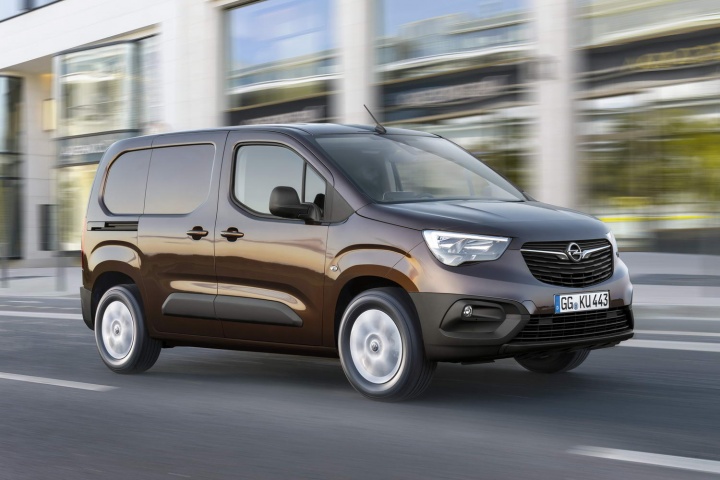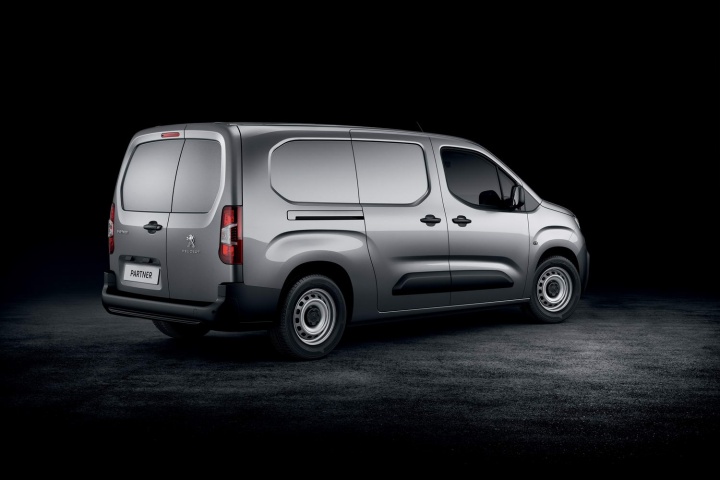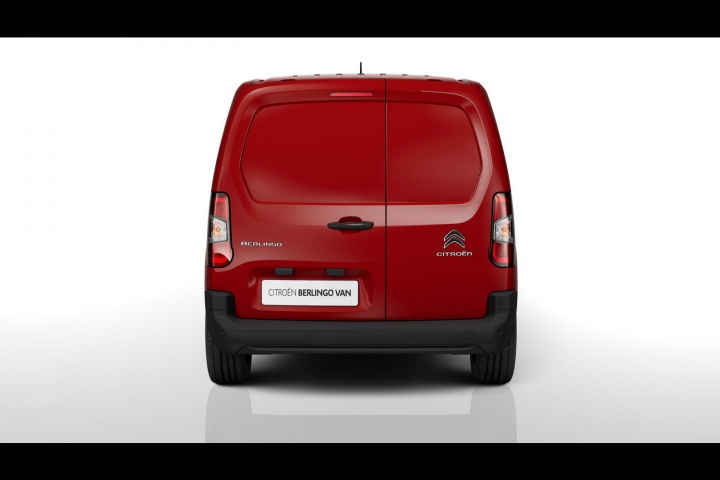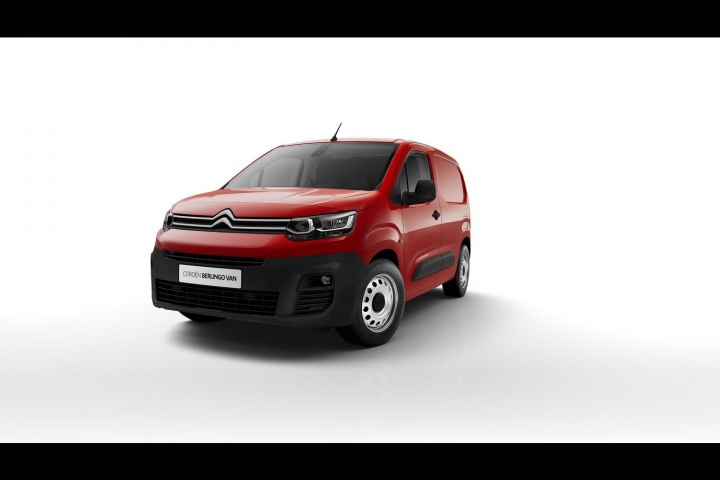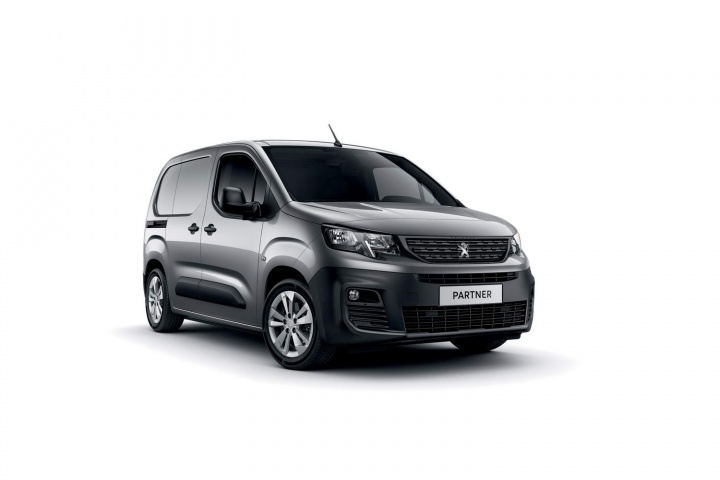What's the news?
Like an automotive Tur-Duck-Hen, the three conjoined car makers - Peugeot, Citroen, and Opel - have all launched their new mid-size vans on the same day. The Partner, Berlingo, and Combo Cargo are all based on a mixture of the EMP2 platform that underpins the likes of the Peugeot 308 and Citroen C4 Picasso, and a few bits and pieces of the old Berlingo/Partner chassis to help keep the cost down, and increase the loadspace.
That loadspace is pretty impressive, actually. Depending on whether you go for the long or short wheelbase versions, you can squeeze between 3.9-cubic metres to 4.4-cubic metres into any one of the three of these, and payload weights range from 650kg to 1,000kg. Plus, there's quite a bit of innovation to go with such useful space.
That starts with simple things - there's a hatch in the roof, for example, that allows you to carry long items (long ladders or planks of wood, perhaps) sitting up at an angle inside the load bay. Or the fact that the passenger airbag has been moved to the roof, allowing space for a big upper front glovebox, which has been made large enough to stash a laptop inside, and which comes with a charging port too.
The load bay gets a 12-volt socket and built-in LED lighting too, which should help, and the fact that there's an electronic parking brake, rather than a manual one, means that you can have a three-seat layout in the front with more space for the central passenger.
If you go for the crew cab version, there's more legroom for those stuck in the back, and those seats can be folded down to make a bit more loadspace.
The Peugeot Partner gets the same small-wheel, high-instruments layout as Peugeot's passengers cars, while the Citroen and Opel have more conventional layouts. All three can be had with a big eight-inch central touchscreen, and a heads-up display is available too.
Right, let's get to the clever tech. The suspension can actually measure the weight of the car, and therefore work out the total payload. Once you get to within 90 per cent of the total maximum payload, a little white light illuminates on the dash. Hit the 100 per cent mark, and an amber light will come on, and all three companies claim that this will be a major improvement on the safety front.
Aiding both safety and convenience is a new rear-view system. Because vans tend to have blanked out rear glass to stop prying eyes from seeing what's in the loadspace, Peu-roen-pel has decided to dispense with a conventional rear-view mirror and instead dangle a five-inch video screen from the roof. That's connected to both a rear-facing camera, and a small wide angle camera located under the passenger side door mirror, which is claimed to eliminate blind spots.
There are other innovations for a van, too, including adaptive cruise control, lane keeping assist, traffic sign recognition, driver attention warning, auto headlight dipping, and keyless entry and start, depending on the spec.
There's also an emergency phone system, that calls for police and ambulance if you have a crash and can't get to your phone, and a telematics system that can call for roadside assistance if you have a mechanical issue.
Of interest to big fleet operators, all three vans come with a monitoring pack that allows users to keep an eye on the vans' mechanical health through an app, a tracking system that allows for recovery in the event of a theft, a fleet management setup that monitors mileage, usage, and fuel consumption, and a geo-location system that tells you where the various vans from your fleet are and where they've been.
All three of the Part-ling-ombo trio come with a choice of 110hp or 130hp 1.2-litre turbo petrol engines (the more powerful version with an automatic gearbox), and a choice of 75hp, 100hp, or 130hp diesels.
There are also standard and raised-up variants, which are variously called 'Asphalt' and 'Grip" (Peugeot); 'Worker' and 'Driver' (Citroen); or 'Worksite' and, er no-added-name (Opel). Basically the raised-up versions get 30mm of extra ride height, larger wheels with mud and snow tyres, special traction control that tries to mimic the effect of four-wheel drive (GripControl or IntelliGrip depending on whether you're going French or German) and a standard spare wheel.
Standard versions get more soundproofing, more of the high-tech options, and climate control, and are aimed at those doing longer delivery journeys.
All three vans will be on sale from this November.

